Nonstick Cookware

If you’re still cooking with old Teflon covered pans--stop right now. Experts are concerned about what happens when Teflon gets too hot and the coating begins to break down. It causes toxic gases that can be hazardous to your health and this is known as the Teflon Flu: a condition characterized by a high fever, shortness of breath and weakness.
Replace your cookware with aluminum, ceramic, or cast iron and avoid this toxic gas mess altogether. You’ll be protecting your family and enjoy cooking again.
Plastic Food Containers
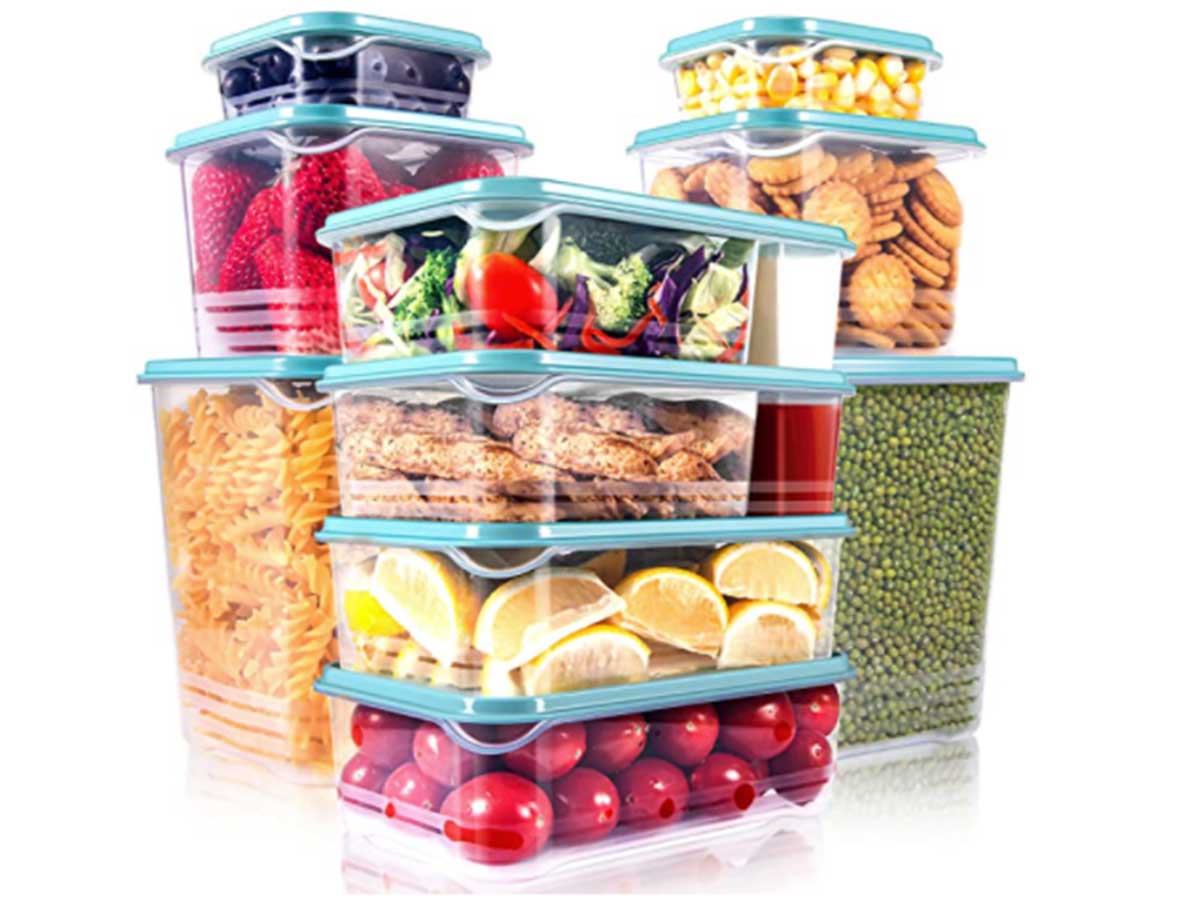
Many of us think plastic lasts forever, but that isn’t entirely true. Heating and cooling plastic containers can cause these endocrine-interrupting chemicals to break down. And when they break down, they end up in our food. As a result, they can cause detrimental health issues.
Whether it's BPA, BPS, or other plastics, try using glass or stainless steel for food storage and consumption. You’re not just saving the environment--you’re potentially saving your families’ endocrine systems as well.
Air Fresheners
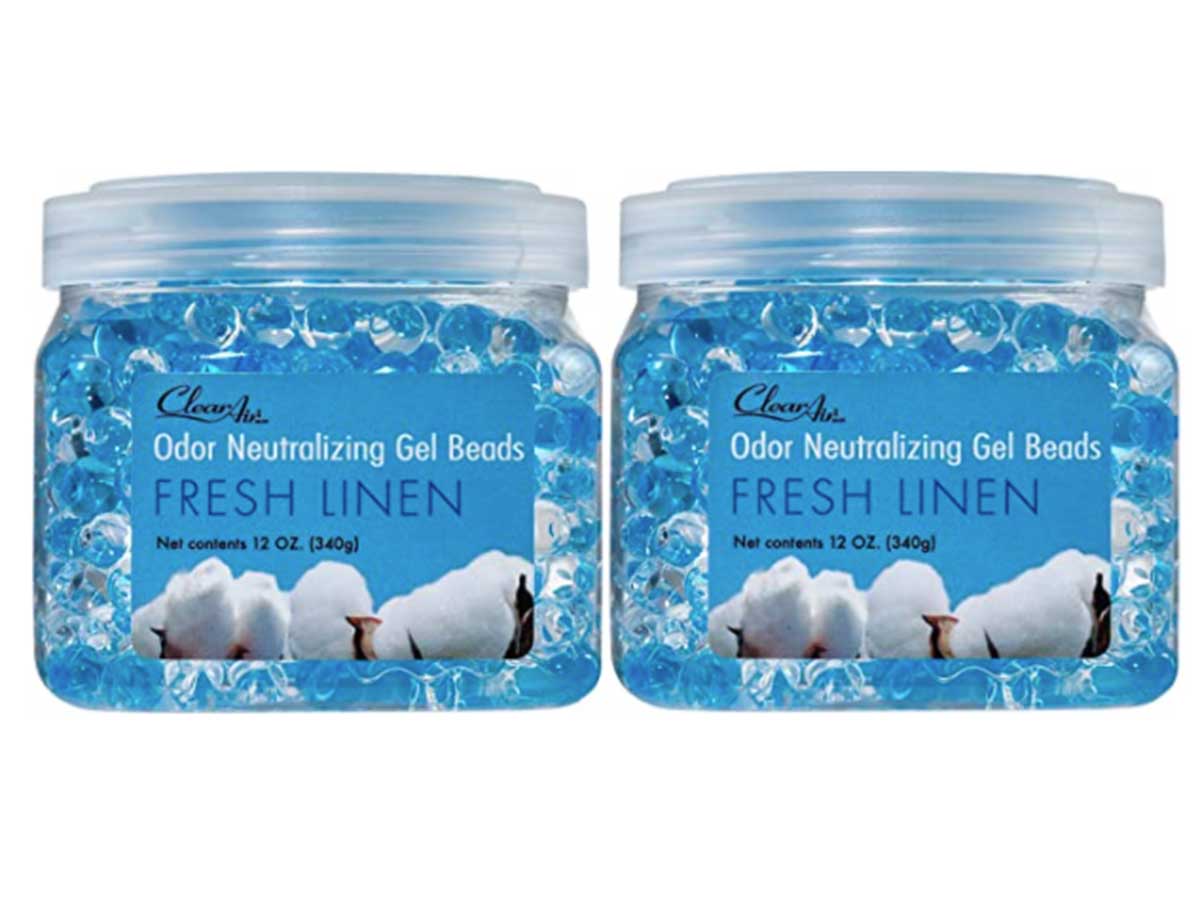
Believe it or not, air fresheners are a type of indoor pollution. While you may want your house to smell like lavender or fresh laundry, there’s a health cost to that "freshness". Many of the ingredients in these fresheners include toxic or hazardous chemicals. While they’re still marketed and used, buyer beware. Your lungs are air filters--so if you have asthma or COPD, you could be compromising your health.
Use natural oils or baking soda instead. Some other great ways to scent your house include boiling some mint tea, a pan with cinnamon/cloves, or grinding up a fresh orange. The best way to freshen up your home is to let in some much needed fresh air.
Perfumes

We all love a great perfume or cologne, but make sure you know what’s in your fragrance. Many companies don’t have to disclose their ingredients due to trade secrets--leaving you holding a bottle of who-knows-what. Many can have the following ingredients--phthalates, styrene, ketones, ethylene glycol, or oxybenzone. Any of these can be detrimental to expectant mothers.
When shopping for fragrances, look for products whose scent is produced by essential oils. You can also check madesafe.org to see if your fragrance is on the list--ensuring that you’re not harming yourself or others.
Fabric Protector Sprays
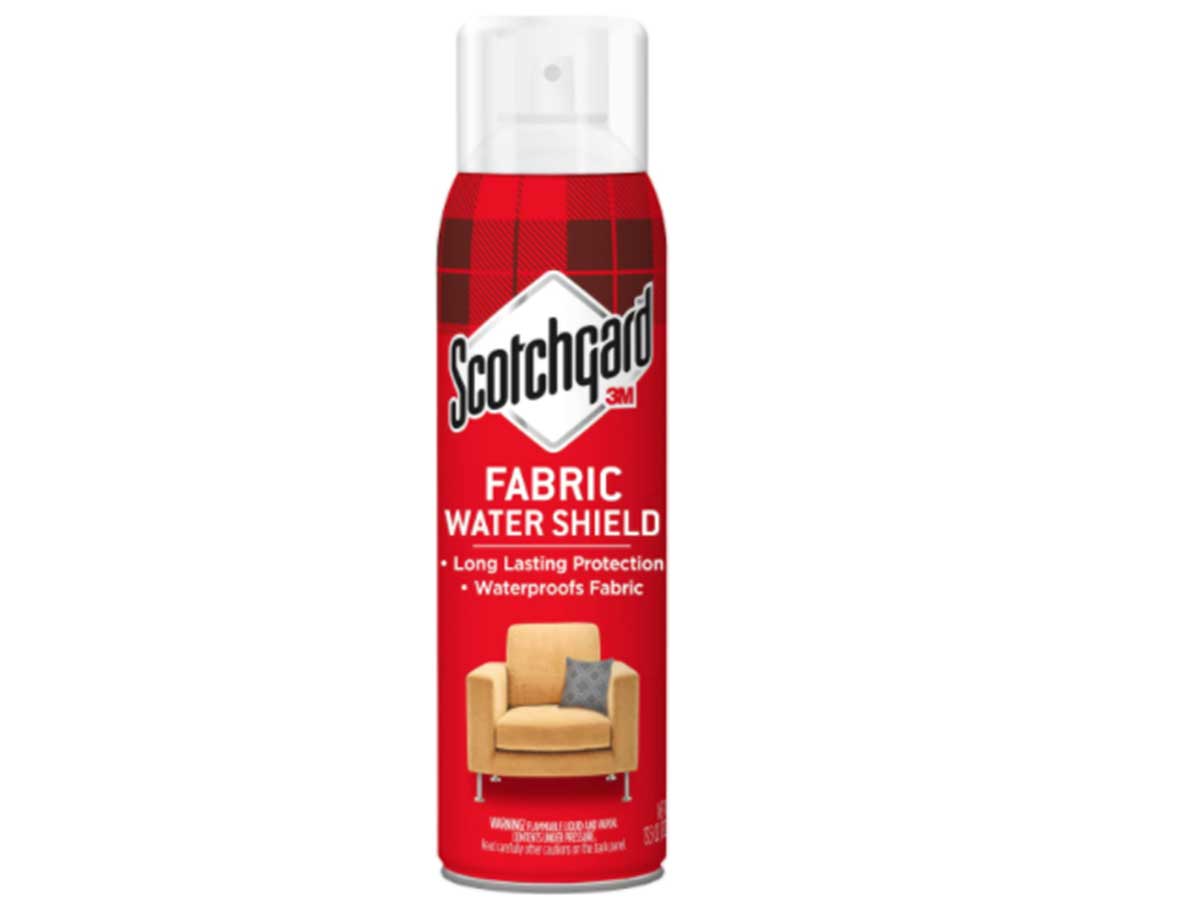
Like Teflon, fabric protector sprays contain PFCs--making them extremely dangerous to your health. While manufacturers took care back in the early 2000s to remove the most dangerous chemicals, there are still dangers in using these aerosol sprays.
They’re extremely flammable and may cause dizziness or drowsiness. Use extreme care in using these products. Another things you may not be aware of is to use goggles, a mask, and gloves when handling the product. You might want to shop around for a non-aerosol brand that offers you protections without all the danger.
Cleaning Products
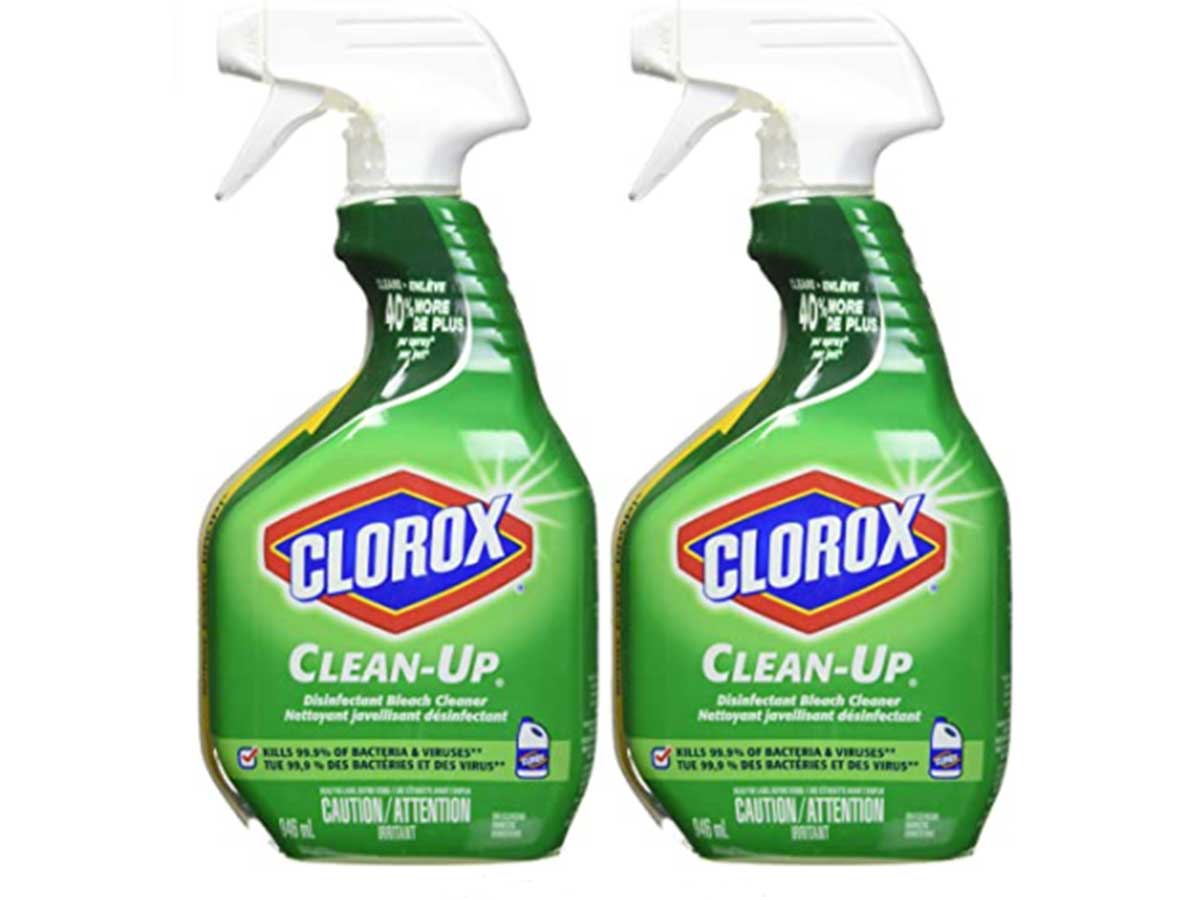
We love a great cleaning product, and many think that if it stings your eyes or causes you to cough, then you’re getting something really clean. Here’s the deal, though--you aren’t. In fact, you’re risking your health with some of these compounds that should NEVER be mixed. Make sure you avoid products containing these ingredients: formaldehyde, ammonia, chlorine, sodium hydroxide, and perchlorethylene. Any of these can cause serious organ damage.
Instead, opt for natural cleaners--again, read the label. Some of the best cleaners you probably already have in your pantry--baking soda, lemons, and white vinegar. Shop labels like Mrs. Meyer’s, The Branch, or Seventh Generation to green up your home while being safe.
Antiperspirants

Deodorant and antiperspirants are NOT the same thing. Deodorants help cover your smell while antiperspirants block your sweating. They do this by using harmful materials like aluminum and parabens. Neither is good for the body--especially if you’re at high risk for kidney disease.
Stick with deodorants, and let your body sweat the toxins that you need to. You may need to apply more or even find a natural product that allows your body to breathe while attending to that odor--like Dove 0%, Native, Hume, or Schmidt’s.
Oxybenzone Sunscreen
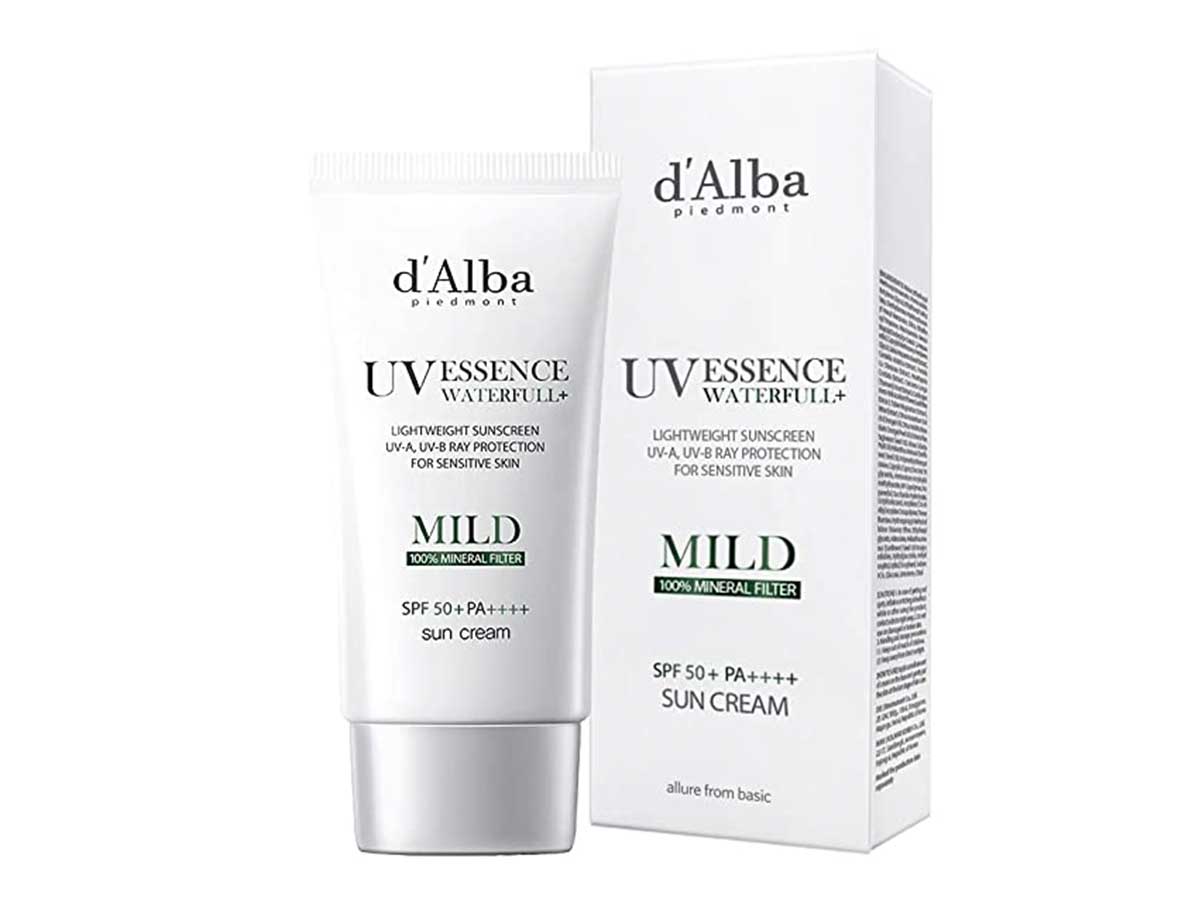
We’ve all been taught to slather on sunscreen to avoid the sun's harmful rays. However, this $2B a year industry was untested for the longest time, and we know more than we did decades ago about the danger within these products. Many of these sun blocking chemicals like oxybenzone are absorbed into the body, some at alarming rates. What we don’t know is the effect of those chemicals long-term in the bloodstream.
Being sun smart is the most important sunscreen you can have. Avoid the sun between 11am and 4pm if you can, when UV radiation is at its peak. Use clothing and shade that have stated sun protection during that time. Also, make sure your kids are using products with zinc oxide or titanium dioxide--the FDA says they’re perfectly safe.
Old Paint
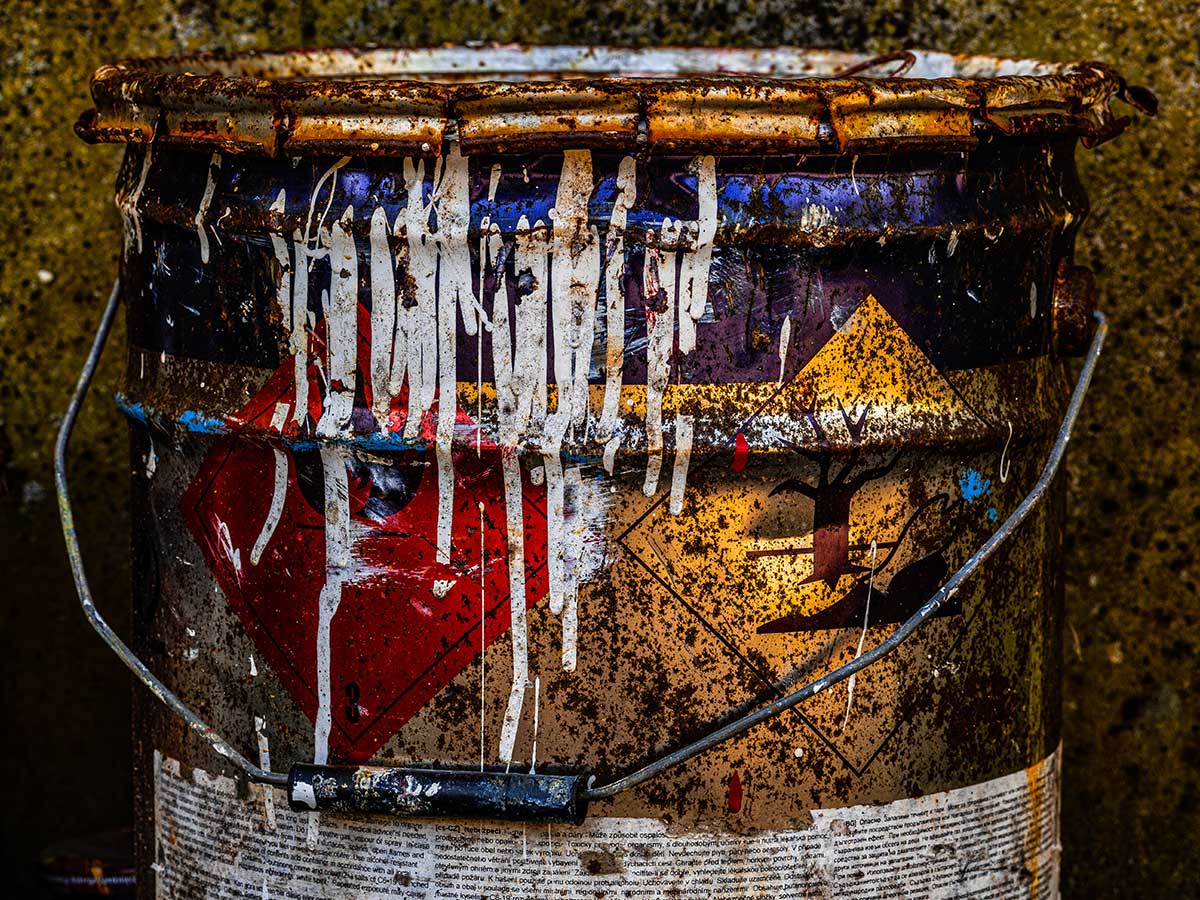
The newest trend right now is low-VOC paint--but what does that mean? VOCs (volatile organic compounds) have been around for decades and are likely present in some old paint you have laying around the house. VOCs emit gasses in concentrations that appear 10 times higher indoors due to the lack of fresh air.
VOCs are found in aerosols, cleaners, paint, stored fuels, dry cleaned clothes, and pesticides. In order to lower your VOC levels within your house, throw away partial containers of old/unneeded chemicals like paint safely. Look for non- or low-VOC paint. Don’t mix any chemicals or cleaners together. Currently, there are no VOC standards in the U.S.
Particle Board Furniture
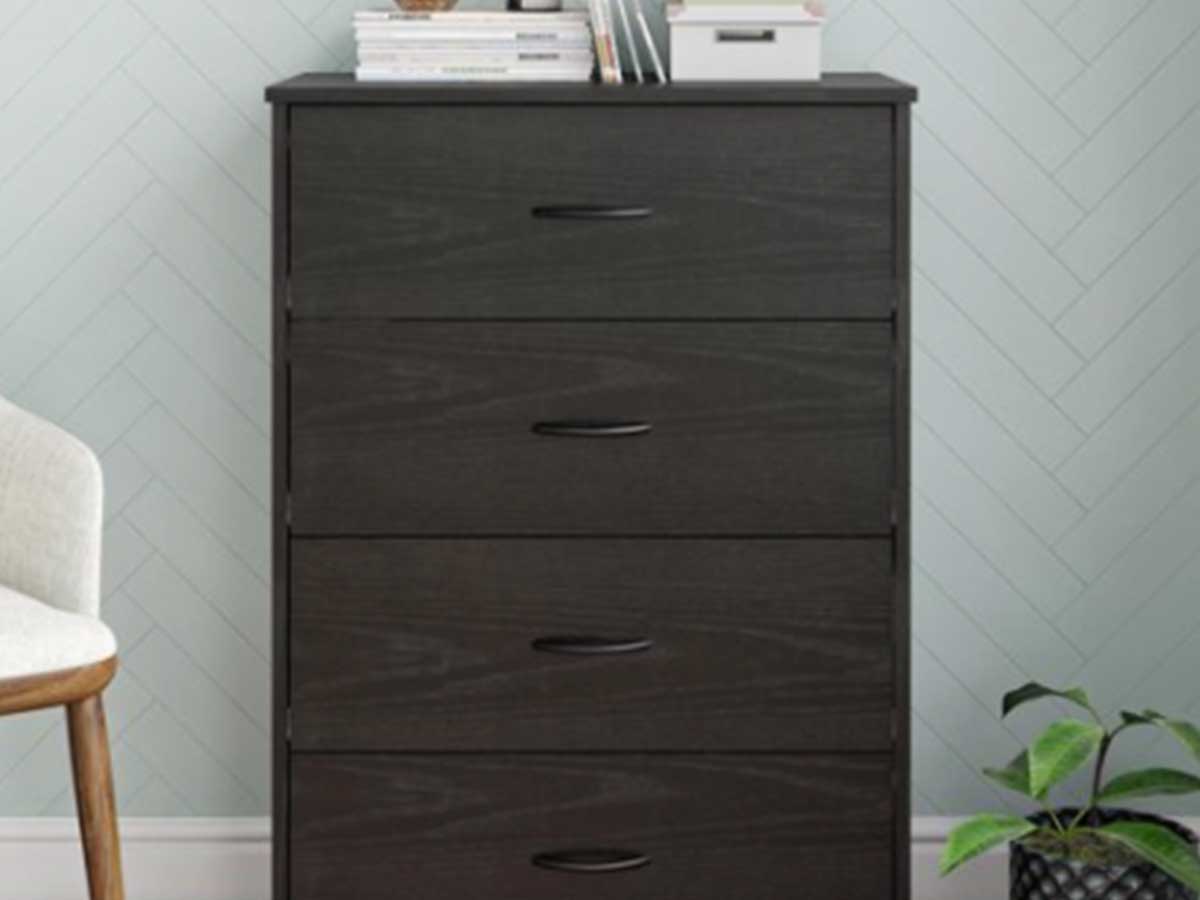
We’ve all moved into a new home and needed some cheap furniture options. Inexpensive furniture made of particle board/pressed wood is usually our go-to. However, what you may not know is that a key ingredient of particle board is formaldehyde--yes, that stuff that biology frogs float in. Not only is it terribly toxic to humans, but it also makes really nice bookcases.
Make sure if you’re using particle board furniture that it's specifically formaldehyde free or low formaldehyde. Make sure your home is as lovely as you want your lungs to be.
Bed Pillows
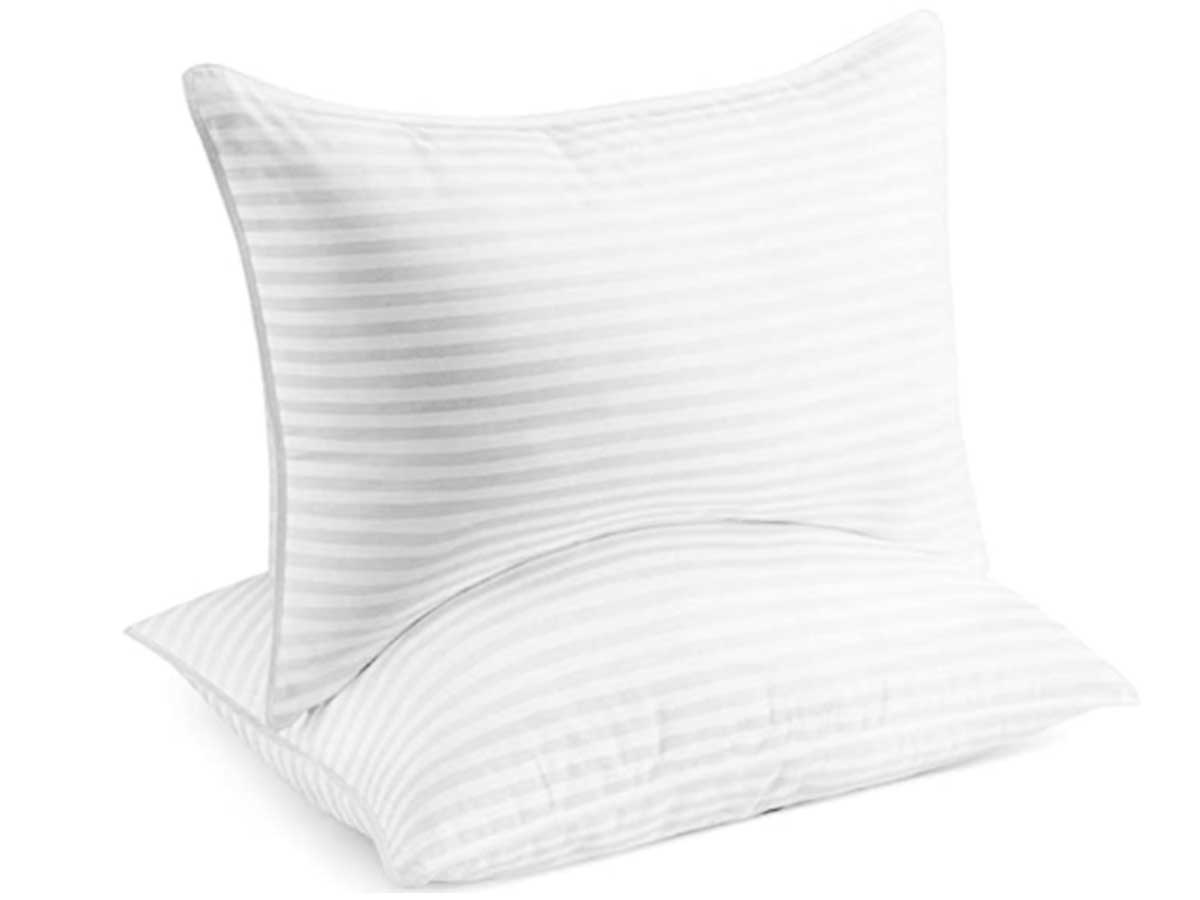
I hate to freak you out, but your pillow may be toxic if you’re not washing it or protecting it with a cover. Allergens like dirt, oil, dust mites, mold, and fungi get caught in your pillow--making it one of the germiest spots in your home. And it doesn’t matter if it’s a natural or synthetic pillow, they all get trapped.
Ensure that you use high-quality pillows that can be washed. Also make sure you protect your pillows with bedbug/dust mite-proof protectors. And lastly, if you’re using pillows that can’t be washed, plan to replace them every 6-12 months. Just gift yourself and your loved ones a new pillow each Christmas!
Loofahs
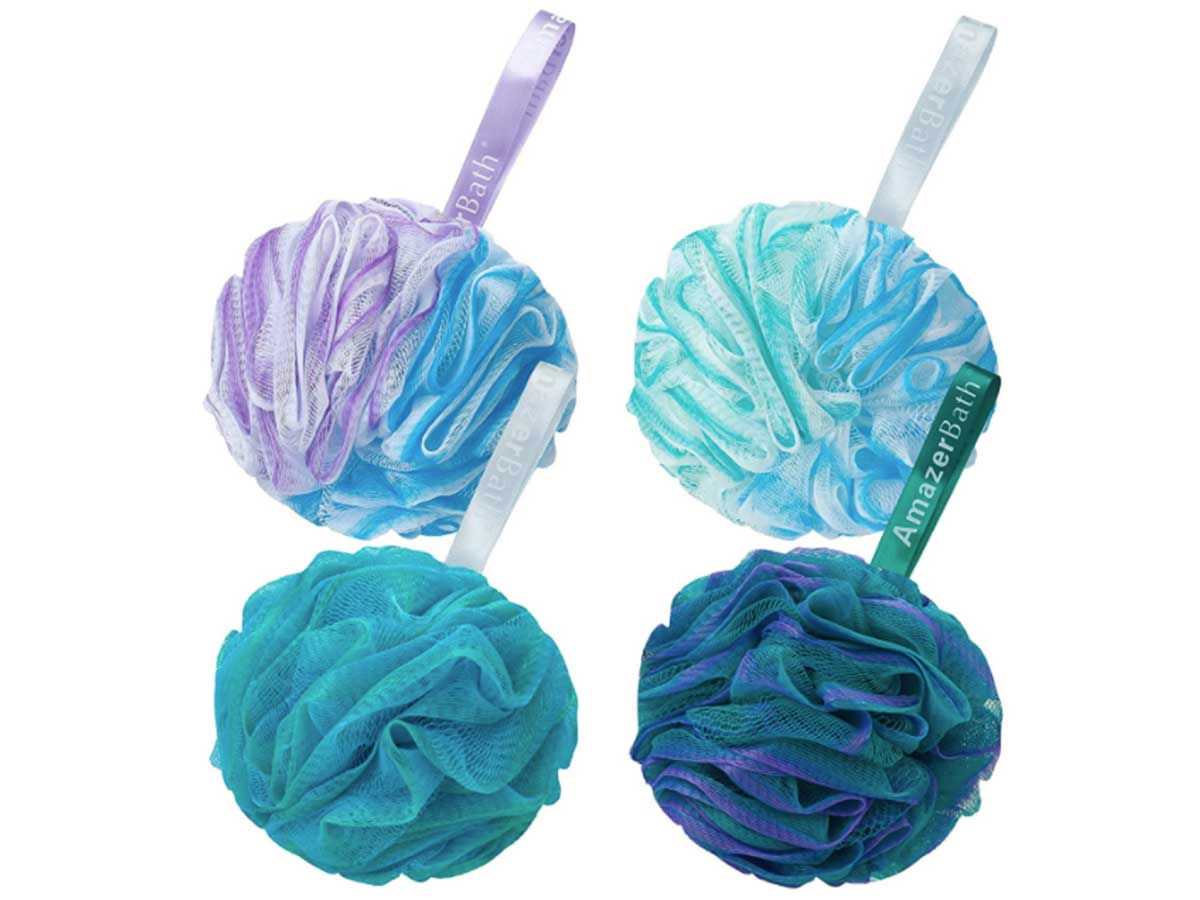
This is a weird entry but important all the same. We love exfoliation--especially as part of a spa routine. However, make sure you know what you’re using on your skin. Loofahs, if not removed from the shower, harbor bacteria and never dry out. That’s bad news if you’ve cut yourself shaving and use it--you could get an E.Coli infection.
Using a loofah is fine, as long as you maintain it. Don’t store it in your shower--hang it away after you’ve removed as much moisture as you can. You should also clean it weekly with a weak solution of bleach. Lastly, if you’re using natural loofahs, replace them monthly to avoid mold or bacteria growth and infection.
Plastic Cutting Boards
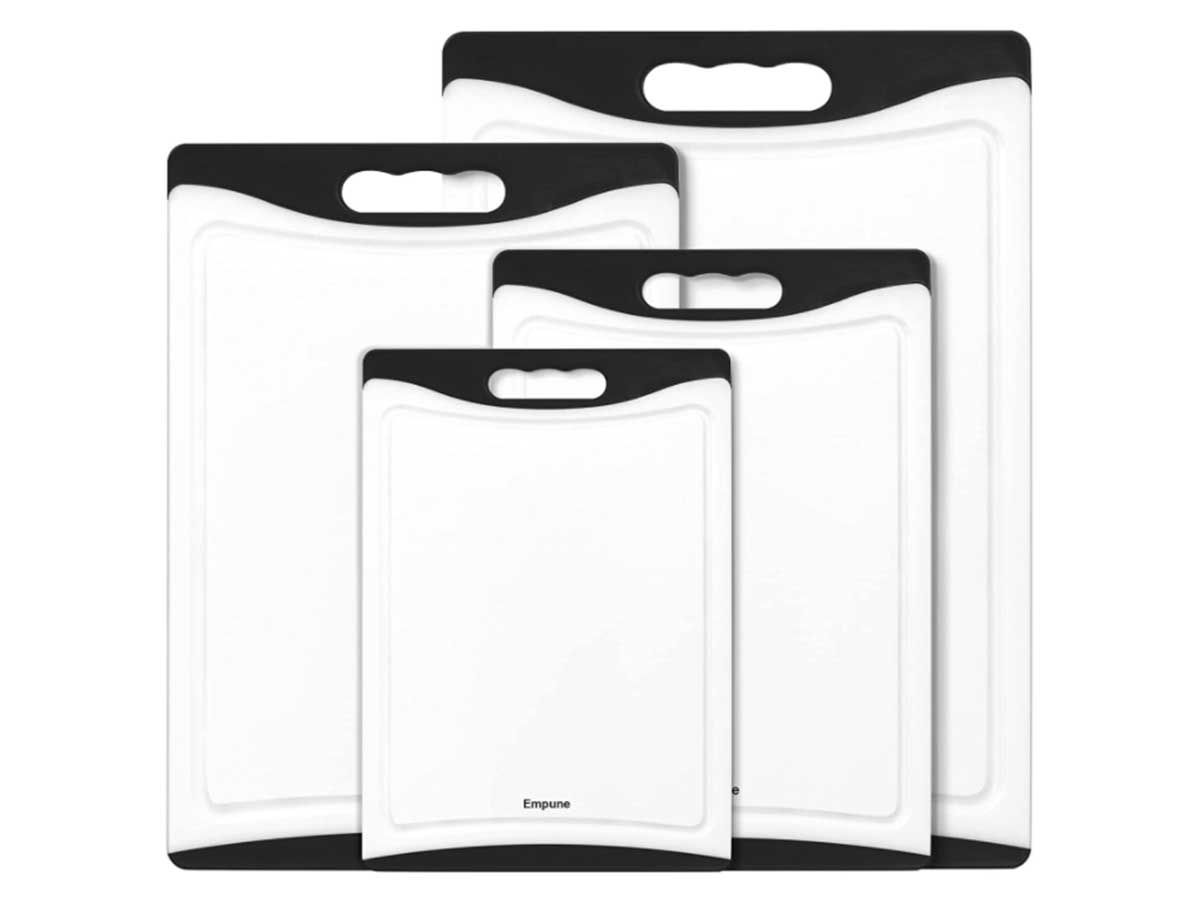
Plastic cutting boards are the easiest and cheapest cutting surface to use but can harbor a lot of danger if you’re not using them or cleaning them correctly. Every time you use it, you’re leaving tiny cuts in the plastic--creating a great home for bacteria to grow. Even putting it in the dishwasher may not get all those little grooves clean.
If it’s the only thing you have, make sure you’re sanitizing after every use--regardless of what you cut. Give it a good scrub in hot water to get into all the nooks, and then sanitize with diluted bleach water. Or buy yourself a nice wood or glass board.
Mothballs

Mothballs are insecticides that contain either naphthalene or other pesticides. Mothballs are highly toxic to children and pets, not only by ingesting them. Over time, they break down and release toxic gas and particles.
Instead, switch to something different, like airtight containers or clear vacuum bags for clothes. Cedar is a natural deterrent as are lavender, cloves, rosemary, and thyme. If you don’t have a cat handy for your moth problem, consider a clothes moth trap.
Toothpaste

As helpful as toothpaste is for keeping your teeth healthy, it's also highly hazardous for pets and children if ingested in large quantities. Xylitol is quite toxic for dogs, causing liver disease. Fluoride is also safe in small quantities for the average human or child, but make sure that no one is eating the toothpastes.
At one time, toothpaste contained triclosan, which disrupted thyroid and immunity protection in the body. If you’ve got any toothpaste (or hand soap or body wash) that pre-dates 2017, give that stuff the heave-ho and treat yourself to something new.
 Author
Sherrill Dean
Last Updated: December 30, 2023
Author
Sherrill Dean
Last Updated: December 30, 2023
